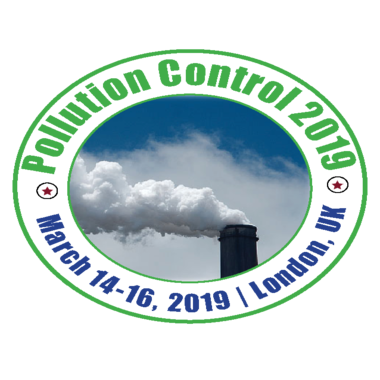
Biography
Biography: Samroot Samreen Wani
Abstract
Due to rapid urbanization and emergence of mega-cities, urban transportation infrastructures are stressed leading to traffic congestion, high fuel consumption as well as increasing number of accidents and fatalities. Present transport sector globally is largely two-dimensional and may not be able to cope up with the growth of cities which is three-dimensional in nature, the environmental pollution, the traffic congestion, the sustainability, etc. This has led to efforts towards three dimensional transportation systems such as passenger drones, flying cars, cars moving through multi-layer underground tunnels etc. The overall concept of three-dimensional transportation demonstrates that the transportation sector has made a significant progress towards comprehending the necessity of a proper and sustainable transit system, which otherwise has implications on environment, health, infrastructure and sustainability as well. However, some of these futuristic options may be associated with safety and security concerns – both for them, as well as caused by them. Some of these options envisage utilization of artificial intelligence and even augmented reality. Technological challenges, the potential for cost-effectiveness, and their socio-economic impacts are also important considerations. Through deep and critical study, in this journal, the author will try to analyze the concept of hyperloop and its practicality; about its various components, its working, global acceptance of hyperloop and its possible advantages and unaddressed issues. Some critics are of the opinion that hyperloop is more of a hypothetical idea which is totally impractical and impossible, but optimistic experts say that it just needs some hard work, a decade’s time and huge amount of money which would then result in revolution of the whole transportation system in a unique, unpredictable and sustainable way. A cross-impact analysis to evaluate possible future scenario for this will also be taken up.



